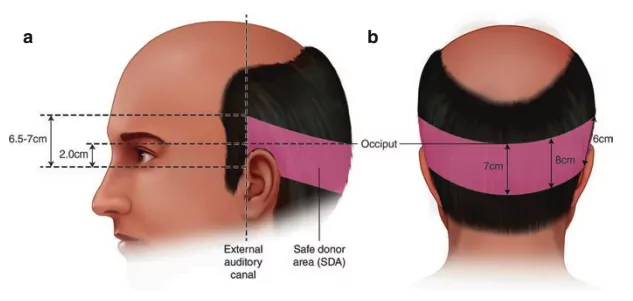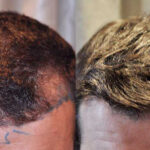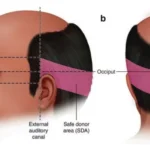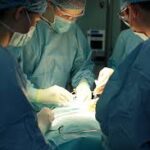Introduction
One of the most common questions from transplant candidates is: “What is the maximum number of grafts or follicles a surgeon can transplant in one session?” Another frequent inquiry is, “Can we exceed this number?” These questions reflect an understandable curiosity, especially for those considering hair transplant UK procedures. However, the idea of a universal “maximum” is often rooted in myths and misconceptions. Let’s explore these myths and the realities behind them.
Debunking the “Maximum” Myth
Some believe that undergoing a massive procedure of, say, 5000 grafts will deliver the best results and eliminate the need for future surgeries. While this idea may seem logical, it oversimplifies the complexities of hair transplant surgery. Here are the key considerations:
- Prioritize Needs Over Wants
- Hair transplant surgery is about addressing what you need, not what you want.
- Most patients do not require 5000–6000 grafts in a single session. These numbers are typically necessary for covering an entirely bald scalp “front to back” with desirable density.
- Many patients have thinning confined to specific regions and usually need around 2500–3000 grafts per session.
- The donor area has a limited supply of grafts. Overharvesting can result in a patchy donor area and permanent damage.
- The Risks of Overharvesting
- Excessive graft extraction can lead to thinning in the donor area.
- Clinics that promise over 5000 grafts in one session may ignore critical factors that influence the success and safety of the procedure.
Factors Determining the Maximum Number of Grafts
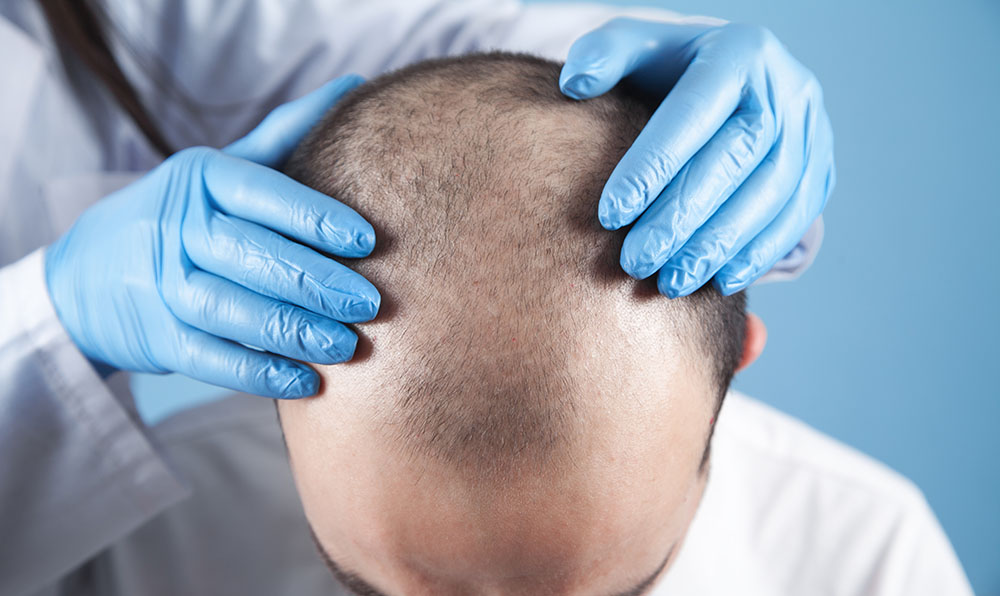
Aesthetic surgery, including FUE hair transplant techniques, must be tailored to individual patients. Several factors influence the number of grafts that can be transplanted:
a. Tissue Quality
- A graft is a unit of hair follicles consisting of 1-4 hair roots. The quality of the surrounding tissue affects the surgeon’s ability to extract and transplant grafts smoothly.
- Hardened tissue can deform grafts during extraction, while overly soft tissue increases the risk of damaging hair follicles.
b. Hair Follicle Quality
- The size and quality of hair follicles influence the surgical process. Thick follicles require larger cuts, reducing the number of grafts that can be transplanted in one session.
- Hair transplant surgeons must adapt the cut’s width and depth to suit the follicle type, ensuring optimal results.
c. Blood Circulation
- Precise surgical cuts are essential to avoid damaging blood circulation in the scalp.
- Poor circulation can compromise graft survival, leading to hair loss and reduced results.
d. Stage of Hair Loss
- The degree of hair loss, measured using the Hamilton-Norwood scale, determines the required number of grafts. Advanced stages may necessitate multiple sessions, with some requiring over 8000 grafts spread across 2-3 procedures.
e. Donor Area Size
- The availability of hair follicles in the donor area directly affects the transplant’s scope. A balanced extraction ensures minimal visible scarring.
f. Duration of the Procedure
- Hair transplant surgeries typically last 5-8 hours. Grafts remain viable for 12–14 hours under optimal conditions. Surpassing this timeframe risks compromising graft survival.
Importance of Clinic Quality
Choosing a reputable clinic is critical for achieving successful results. Here’s what to look for:
- FUE Expertise: The FUE technique allows for the maximum number of grafts while minimizing scarring.
- Experienced Medical Team: Ensure the clinic has a skilled team capable of handling large-scale procedures.
- State-of-the-Art Facilities: High-quality equipment and facilities are essential for maintaining graft viability and ensuring patient safety.
At Vera Clinic, we specialize in providing personalized treatments for every patient. Our team of experts ensures optimal graft survival rates and natural-looking results. If you’re considering a hair transplant, feel free to contact us to discuss your needs and find the best solution tailored to you.
Conclusion
The “maximum” number of grafts in a transplant is not a fixed figure. It depends on individual factors like tissue quality, follicle type, loss stage, and donor area availability. While larger numbers might sound appealing, prioritizing quality over quantity ensures the best results. Whether you’re exploring options for FUE hair transplant or considering a transplant UK, choosing the right clinic and procedure is crucial for success. Reach out to Vera Clinic today to begin your journey to a fuller, natural-looking head of hair.
